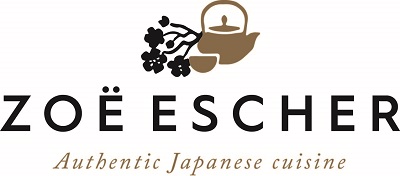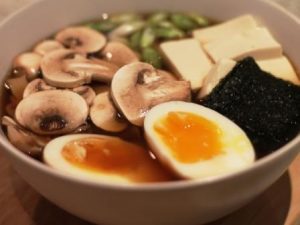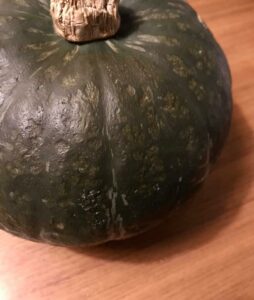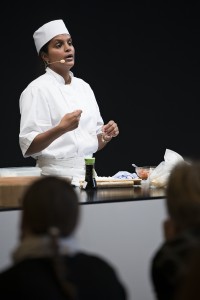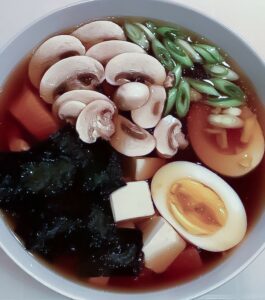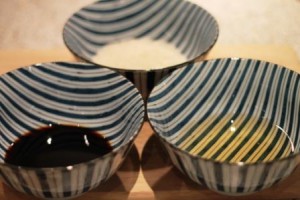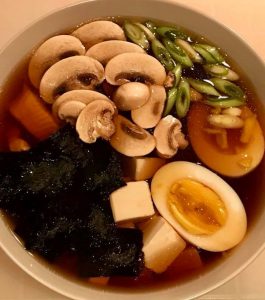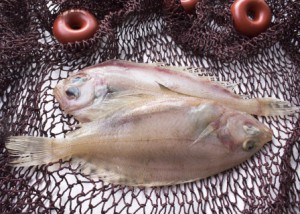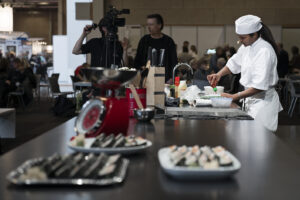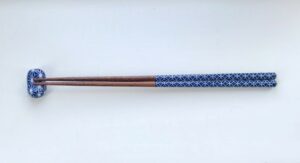
It depends on how good you are at using chopsticks. If you are as experienced as the Japanese in Tokyo, then you can use chopsticks that are made in different materials. Lately I have been seeing chopsticks in steel.
The Japanese would never make chopsticks out of steel. They are too slippery to hold in the hand, difficult to grasp the food and they are difficult to eat with. Also, steel is not a material found in nature.
In Japan, the preferred material for chopsticks is wood. However, there are many different types of wood used for chopsticks. In Japan, the design of chopsticks plays a big role. They should be easy to hold between the fingers, easy to eat with and the design should be Japanese.
It is easy to see on chopsticks if they are easy to use. They are made in a design that makes them comfortable to hold in the hand. The outer part of the chopsticks will have a slightly rough surface like sandpaper. It makes it easy to hold on to the food.
The Japanese families like that chopsticks are made in many different designs and quality, so there is little to choose from.
Read about Sushi course for beginners
_
Zoë has lectured and held sushi courses for A. P. Moller – Maersk, Hugo Boss Nordic, Novo Nordisk, Novartis, Velux, Gorrissen Federspiel, Beierholm revision, Elbek & Vejrup and many more.
